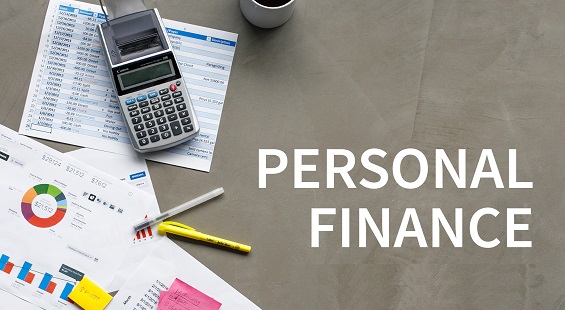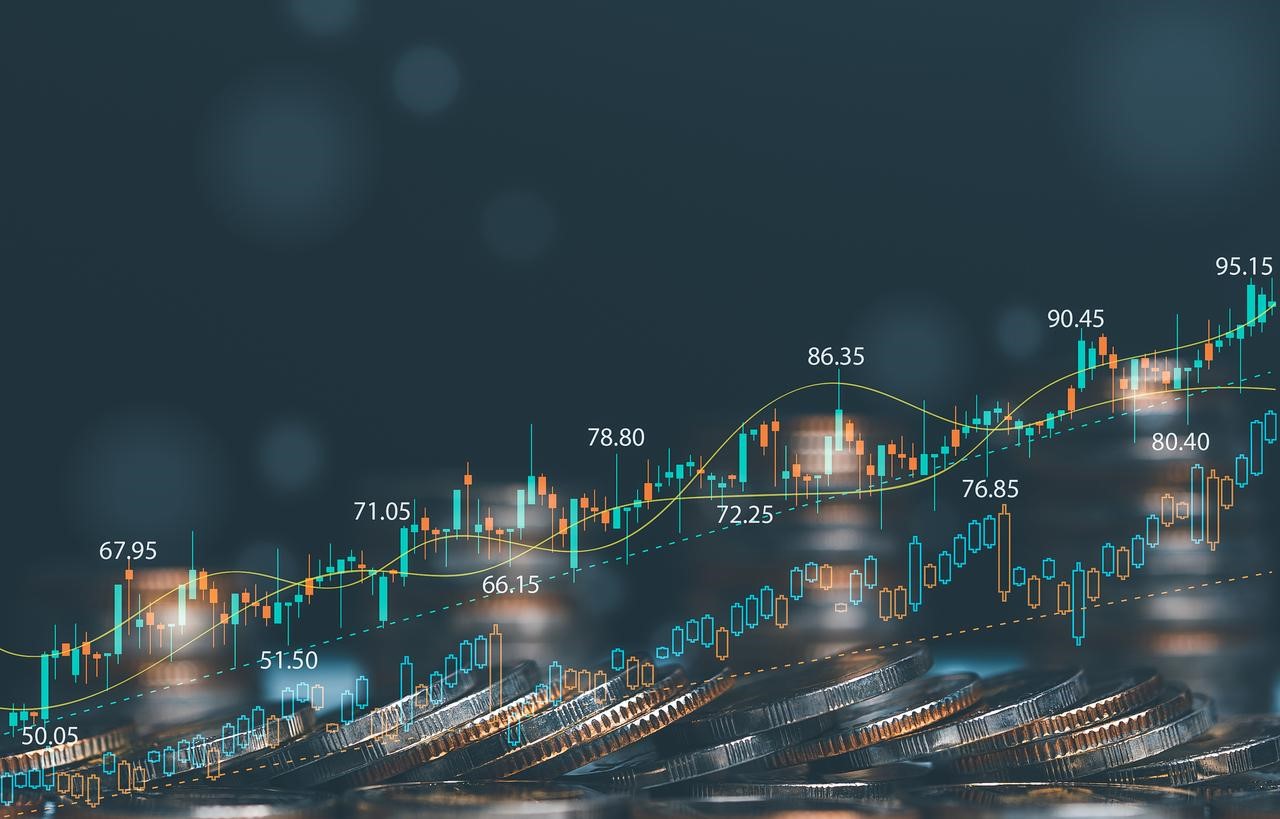Other than very rare cases, every business goes through ups and downs. When those downs come, then you might need some cash to get you through to the other side. There are several options for finding these funds, but many entrepreneurs choose to take out business lines of credit.
A business line of credit is like a combination of a credit card and a loan. Once approved, instead of getting a whole lump sum at once like with a straight loan, you instead get access to a certain amount of money to use as you wish. You only pay interest on what you use, and it’s possible to have a line of credit that allows you to pay down and use it again. Because you don’t have to use the funds all at once, and you don’t have to pay interest on the entire limit, it offers a lot of convenience and flexibility.
You can get a business line of credit from both traditional or online lenders like Kapitus, and it will either be secured or unsecured. These are two distinct types of lines of credit, and you will have to work with your lender to decide which is more appropriate for your situation. In case you find yourself having to choose between the two, here are the differences between unsecured and secured credit lines.
Unsecured Lines of Credit
When giving out a loan or a line of credit, the lender understands that they are taking on some level of risk. There is always the chance that the borrower will default. The question is, how much risk are they willing to take with each borrow? An unsecured loan means that they are taking on a larger risk. If you were to default, then the lender could not make any claims on your other assets. It is harder to get an unsecured line of credit because of this risk. Unsecured lines of credit tend to have higher interest rates as well, since there is nothing to fall back on should the borrower default.
If a business wants to open an unsecured line of credit, then they need to have a very good to excellent credit history and reputation. In some cases, they will apply for a line of credit to fund something and offer to pay it back using the revenues from the project they needed funds for. The business would need a proven track record of providing strong returns on investment for these types of projects in order to get an unsecured line of credit.
Secured Lines of Credit
Whether it’s a traditional bank or an online lender, financial institutions only want to take on risks with which they are comfortable. That’s why most often they issue secured lines of credit to their applicants. With a secured line of credit, the lender will hold collateral for the amount in the form of assets belonging to the borrower. If the borrower were to default, then the lender can then liquidate or seize the held assets. This protects them against the losses of a defaulted line of credit. Knowing that they can recoup their money, the lender will give out larger limits as well as lower interest rates.
Which One Is Right For You?
In some cases, you might not have a choice between an unsecured or secured line of credit. If the lender assesses the risk you pose and finds that they are not comfortable giving you an unsecured loan, then you will get an unsecured one. However, if you have a choice, the one you go with will depend on how you are going to use the funds.
For example, if you are only planning on using the funds occasionally and for smaller amounts, then an unsecured line of credit makes sense. You can pay it off quickly so the interest rate does not affect you too much. However, if you need to access a large sum of funds, then a secured loan makes more sense. The lender will probably insist on it because of the amount, but it is also cheaper for you since you will have a lower interest rate on that large amount.
Choosing the right kind of financing is so important for a business that needs it. If you choose the wrong option, then it could cause further problems after you solve your immediate one. Both unsecured and secured lines of credit have their pros and cons, and now you can make an informed decision.








Add Comment